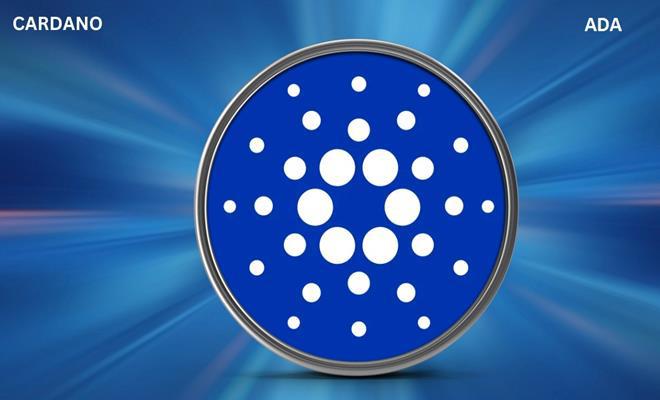
Cardano: A Comprehensive Review
Everything about Cardano
Introduction
Cardano (ADA) has emerged as one of the most ambitious blockchain projects, promising a secure, scalable, and sustainable network. Founded by Charles Hoskinson, one of Ethereum’s co-founders, Cardano aims to improve upon previous blockchain generations through a research-driven approach. But does it truly live up to the expectations? Let’s dive into a critical analysis of its strengths and weaknesses.
Cardano’s Strengths
Scientific Approach
One of Cardano’s most distinguishing features is its reliance on peer-reviewed research and formal methods. This ensures the security and reliability of its blockchain, making it more robust than many of its competitors.
Layered Architecture
Cardano separates its blockchain into two layers:
- The Cardano Settlement Layer (CSL): Handles transactions and the ADA cryptocurrency.
- The Cardano Computation Layer (CCL): Enables smart contracts and decentralized applications (dApps).
This layered structure improves efficiency and scalability, making future upgrades smoother without disrupting operations.
Energy Efficiency
Unlike Bitcoin and Ethereum (before its transition to Ethereum 2.0), Cardano uses a Proof-of-Stake (PoS) consensus mechanism called Ouroboros. This drastically reduces energy consumption compared to Proof-of-Work (PoW) blockchains like Bitcoin.
Cardano’s Weaknesses
Slow Development
Despite its ambitious goals, Cardano has been criticized for its slow development. Unlike competitors such as Ethereum or Solana, Cardano rolls out updates gradually based on extensive research, which can sometimes frustrate investors and developers.
Limited Adoption
Cardano’s adoption rate remains lower compared to Ethereum. While promising upgrades like the Alonzo hard fork introduced smart contract functionality, Cardano still struggles to attract major decentralized applications.
Future Prospects
With continuous updates such as Hydra (a scaling solution) and growing partnerships, Cardano still holds potential as a leading blockchain project. However, whether it can surpass its competitors remains uncertain. Its success will depend on sustained innovation, developer adoption, and real-world use cases.
Conclusion
Cardano presents a unique, research-driven approach to blockchain technology. While it offers advantages in security, scalability, and sustainability, its slow development and limited adoption remain challenges. Investors and developers must weigh these factors carefully when considering Cardano’s long-term viability in the crypto space.
Cardano (ADA) has emerged as one of the most ambitious blockchain projects, promising a secure, scalable, and sustainable network. Founded by Charles Hoskinson, one of Ethereum’s co-founders, Cardano aims to improve upon previous blockchain generations through a research-driven approach. But does it truly live up to the expectations? Let’s dive into a critical analysis of its strengths and weaknesses.
Cardano’s Strengths
Scientific Approach
One of Cardano’s most distinguishing features is its reliance on peer-reviewed research and formal methods. This ensures the security and reliability of its blockchain, making it more robust than many of its competitors.
Layered Architecture
Cardano separates its blockchain into two layers:
- The Cardano Settlement Layer (CSL): Handles transactions and the ADA cryptocurrency.
- The Cardano Computation Layer (CCL): Enables smart contracts and decentralized applications (dApps).
This layered structure improves efficiency and scalability, making future upgrades smoother without disrupting operations.
Energy Efficiency
Unlike Bitcoin and Ethereum (before its transition to Ethereum 2.0), Cardano uses a Proof-of-Stake (PoS) consensus mechanism called Ouroboros. This drastically reduces energy consumption compared to Proof-of-Work (PoW) blockchains like Bitcoin.
Cardano’s Weaknesses
Slow Development
Despite its ambitious goals, Cardano has been criticized for its slow development. Unlike competitors such as Ethereum or Solana, Cardano rolls out updates gradually based on extensive research, which can sometimes frustrate investors and developers.
Limited Adoption
Cardano’s adoption rate remains lower compared to Ethereum. While promising upgrades like the Alonzo hard fork introduced smart contract functionality, Cardano still struggles to attract major decentralized applications.
Future Prospects
With continuous updates such as Hydra (a scaling solution) and growing partnerships, Cardano still holds potential as a leading blockchain project. However, whether it can surpass its competitors remains uncertain. Its success will depend on sustained innovation, developer adoption, and real-world use cases.
Conclusion
Cardano presents a unique, research-driven approach to blockchain technology. While it offers advantages in security, scalability, and sustainability, its slow development and limited adoption remain challenges. Investors and developers must weigh these factors carefully when considering Cardano’s long-term viability in the crypto space.
